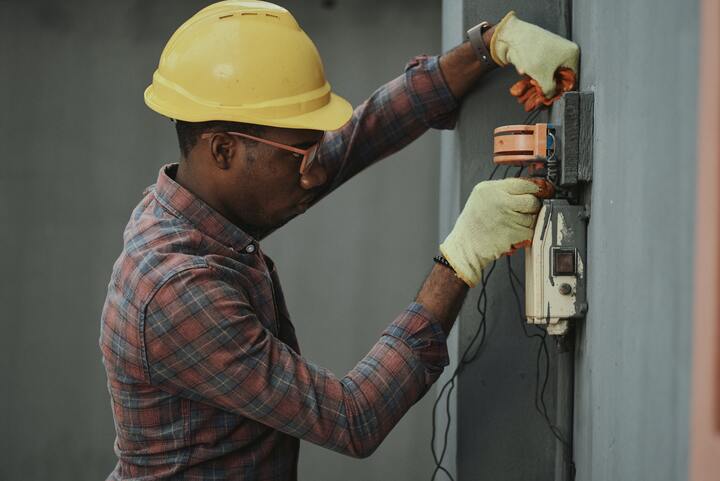Building maintenance these days is no more as simple as it used to be in the past With smart systems and modern assets, having the right maintenance routine and a thought-through strategy is crucial to have undisrupted operations and efficiency. To ensure seamless building functioning failures are required to be eliminated by predictions and followed by fixes. It is important to identify and resolve the issues before they result in operational blockage by a predictive maintenance strategy.
Proactive planning that spurs predictive maintenance is being adopted by almost all verticals to help them cut costs and enhance their overall productivity. It is anticipated that the global predictive maintenance market is likely to grow at a CAGR of 29.8% up till 2028. Like other sectors, real-time condition monitoring systems are now being used in building maintenance to track the performance of assets/systems and find & correct any operational faults. Smart building management and upkeep have made notable strides recently.
Reactive maintenance has long kept building maintenance procedures inefficient, resulting in massive time, cost, and energy wastage. The reactive strategy has been more expensive, yielding shorter asset life expectancy, involving safety issues, and resulting in higher costs and time.
On the other hand, predictive maintenance has been predicted to boost output by up to 25%, decrease breakdowns by up to 70%, and reduce maintenance expenses by up to 25%. Predictive maintenance reviews historical data from various locations to make accurate predictions. With asset monitoring, alarms, and predictive maintenance for smart buildings, sensor data can increase the efficiency of building maintenance. It can make it simple to maintain building facilities whether the goal is to increase productivity, guarantee the satisfaction of employees, or enhance operational and energy efficiency.
Real-time sensors using a digital twin can also be deployed for the same as they provide a bridge between the digital and physical worlds. The collected data is kept in a secure, encrypted cloud-based network that is always accessible. The timing of the maintenance activity is then determined using the data from these sensors.
The reason for moving from reactive to smart predictive building maintenance lies in the numerous benefits yielded by predicting and taking remedial action on time. These include –
Better know-how of Building Functioning: IoT devices have the potential to monitor various building attributes, analyze data, and produce insights about usage patterns and trends that can be applied to improve the ecosystem and activities of the building. Over time, irregular data may reveal the presence of a current problem or a potential problem that may occur in the future. This allows for better planning and understanding of building assets and systems. With better know-how of its functioning, predictive maintenance helps improve buildings and assets’ lifecycle.
Reduced Building Maintenance Costs: It reduces the frequency of major repairs by reducing malfunctions, enhancing transparency, boosting energy cost savings, and maximizing the efficiency of the building assets. It also enhances budget control because labour and spare components are planned for, located, and acquired in advance.
Efficient Remote Control: Pre-programmed, simple-to-install building automation software can be used to maintain building systems, such as HVAC systems, and make building structures smarter. Such scalable systems enable remote building system monitoring, management, and control. Inside and outside temperature, light levels, CO2 levels, etc., can be measured using IoT-based sensors installed all over the structure. IoT-enabled devices and sensors can aid in tracking key performance indicators.
Sustainable Goals: Building maintenance and asset replacement should be viewed as a chance to improve environmental sustainability and hasten the energy revolution as climate change becomes a more significant issue. Assessing problems in advance and fixing them before any critical situation arises creates an efficient ecosystem. By keeping assets in the best condition, predictive maintenance helps assure optimum utilization of resources and energy.
Predictive maintenance setup calls for highly specialized knowledge according to the activities of the building, its asset type, and its various maintenance plans. At nhance, we use intelligent building automation systems and IoT with their predictive approach to totally upgrade the building maintenance process. We leverage technology to revolutionize maintenance efforts by enabling building managers to look ahead and undertake preventive and predictive maintenance. To know more visit nhance.ai or contact us here.








